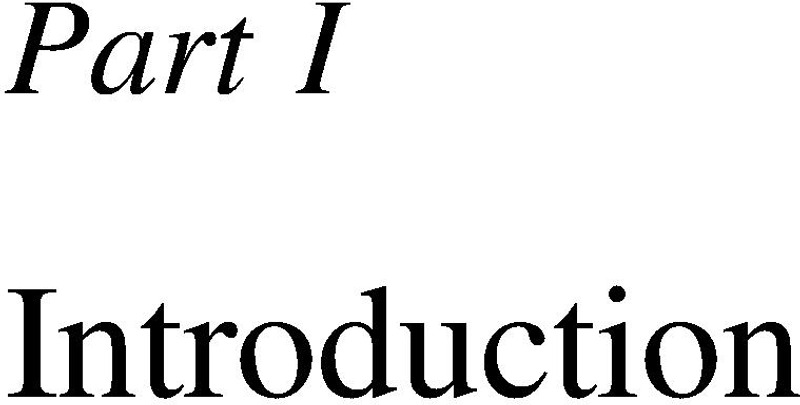Book contents
- Language Awareness in Business and the Professions
- Language Awareness in Business and the Professions
- Copyright page
- Contents
- Figures
- Tables
- Contributors
- Foreword
- Part I Introduction
- Part II Language Awareness in Business and the Professions
- Part III Language Awareness in Education and Training
- Index
- References
Part I - Introduction
Published online by Cambridge University Press: 28 July 2022
- Language Awareness in Business and the Professions
- Language Awareness in Business and the Professions
- Copyright page
- Contents
- Figures
- Tables
- Contributors
- Foreword
- Part I Introduction
- Part II Language Awareness in Business and the Professions
- Part III Language Awareness in Education and Training
- Index
- References
Summary

- Type
- Chapter
- Information
- Language Awareness in Business and the Professions , pp. 1 - 18Publisher: Cambridge University PressPrint publication year: 2022



